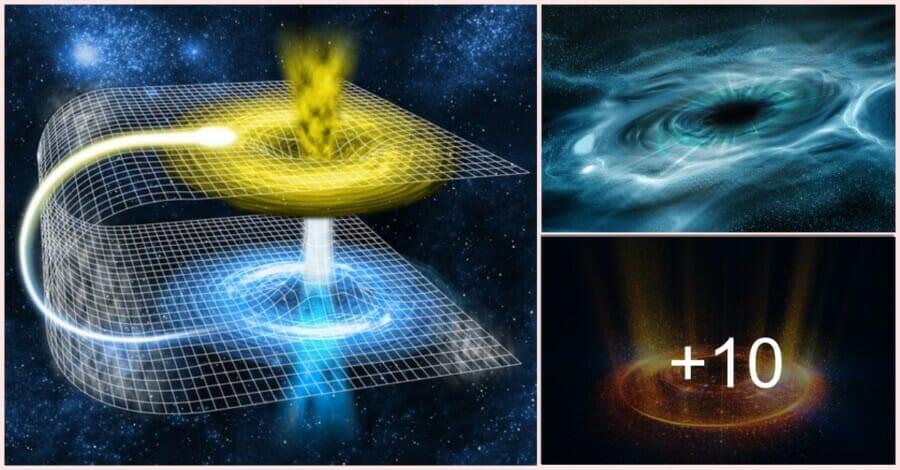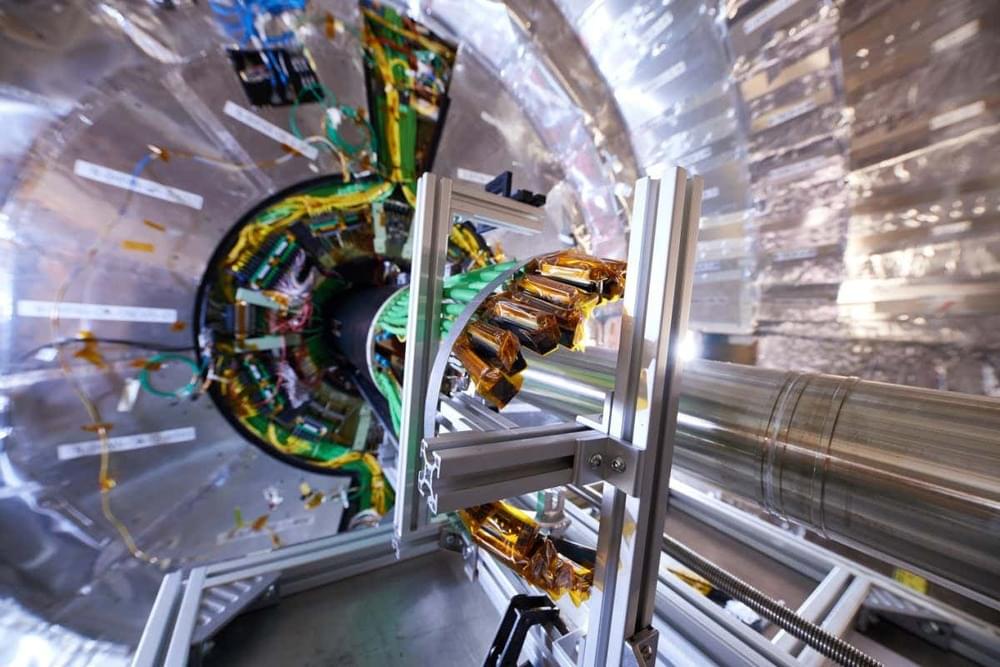Dr. Aaron Adair Dr. Aaron Adair’s Links:
His book — https://www.amazon.com/gp/product/B00FH46NC8/ref=dbs_a_def_r…atfound-20
His website — https://draaronadair.com/
His Twitter — https://twitter.com/adair_aaron?lang=en.
YouTube — @AaronAdair =====================================================================
**RECOMMENDED ONLINE COURSES HERE**Sign up here for Dr. M. David Litwa’s course — The Ancient Greek Mysteries & Christianity — - https://mythvisionpodcast.com/mysterycultsSign up here for Dr. Dale C. Allison Jr’s course — The Quest For The Historical Jesus — - www.mythvisionpodcast.com/jesus-questSign up for Dr. Bart D. Ehrman’s course — Other Virgin Births In Antiquity — - https://www.mythvisionpodcast.com/virginsSign up for the 7 hour resurrection debate between Dr’s Bart Ehrman & Mike Licona here — - https://www.mythvisionpodcast.com/resurrectionSign up for Dr. Bart D. Ehrman’s Genesis “In The Beginning” Webinar here — - https://www.mythvisionpodcast.com/genesisSign up for Dr. Bart D. Ehrman’s Christmas Webinar here — - https://www.mythvisionpodcast.com/christmasSign up for Dr. Bart D. Ehrman’s Did Jesus call himself God webinar — - https://www.mythvisionpodcast.com/bart.
==========================================================================
**GET RECOMMENDED BOOKS HERE: 👉 https://amzn.to/35FqNYf.
==========================================================================
Please consider helping support MythVision’s work by joining the Patreon or contributing a one-time donation through my links below: MythVision Website: 🔥 https://mythvisionpodcast.com/
MythVision Patreon: 👉 https://www.patreon.com/mythvision.
MythVision Paypal: 👉 https://www.paypal.me/dereklambert7
Cashapp: 👉 $rewiredaddiction.
Venmo: 👉 @Derek-Lambert-9
Email MythVision: 👉 [email protected].
Facebook page: 👉 https://www.facebook.com/MythVision/
Facebook group: 👉 https://www.facebook.com/groups/TheWaterBoyZRadio/
Twitter: 👉 https://twitter.com/DerekPodcast.
TikTok: 👉 https://www.tiktok.com/@mythvision/
Instagram: 👉 https://www.instagram.com/dereklambert_7/
Discord: 👉 https://discord.gg/dRQXdZBq6E
==========================================================================
👉 👉 Checkout Our Other YouTube Channel:
https://www.youtube.com/ @mythvisionclips 👉 👉 Checkout MVP Courses to find new and upcoming online courses:
https://mvp-courses.com/
==========================================================================
#science #religion #mythvision #mythvisionpodcast #mvp #dereklambert
Get the latest international news and world events from around the world.


The Fifth Dimension’s Portal Has Been Found, According to Scientists — archeology and animals Blog
In a new study, scientists say that a particle that links to a fifth dimension can explain dark matter.
The “warped extra dimension” (WED) is a trademark of a popular physics model that was first introduced in 1999. This research, which was published in The European Physical Journal C, is the first to use the theory to explain the long-standing dark matter problem in particle physics. 
The idea of dark matter, which makes up most of the matter in the universe, is the basis for what we know about how the universe works. Dark matter is like a pinch-hitter that helps scientists figure out how gravity works. Without a “x factor” of dark matter, many things would dissolve or fall apart. Even so, dark matter doesn’t change the particles we can see and “feel,” so it must have other special qualities as well.

Big Tech was moving cautiously on AI. Then came ChatGPT
Welcome to the exponential upward curve phase of the Technological Singularity, folks.
Three months before ChatGPT debuted in November, Facebook’s parent company Meta released a similar chatbot. But unlike the phenomenon that ChatGPT instantly became, with more than a million users in its first five days, Meta’s Blenderbot was boring, said Meta’s chief artificial intelligence scientist, Yann LeCun.
“The reason it was boring was because it was made safe,” LeCun said last week at a forum hosted by AI consulting company Collective[i]. He blamed the tepid public response on Meta being “overly careful about content moderation,” like directing the chatbot to change the subject if a user asked about religion. ChatGPT, on the other hand, will converse about the concept of falsehoods in the Quran, write a prayer for a rabbi to deliver to Congress and compare God to a flyswatter.


Collision review: How CERN’s stellar secrets became sci-fi gold
Edited by Rob Appleby and Connie Potter (Comma Press)
IN The Ogre, the Monk and the Maiden, Margaret Drabble’s ingenious story for the new sci-fi anthology Collision, a character called Jaz works on “the interface of language and quantum physics”. Jaz’s speciality is “the speaking of the inexpressible”. Science fiction authors have long grappled with translating cutting-edge research – much of it grounded in what Drabble calls “the Esperanto of Equations” – into everyday language and engaging plots.

Network Neuroscience Theory — The Best Predictor of Intelligence
Researchers have been working for many years to comprehend the relationship between brain structure, functional connectivity, and intelligence. A recent study provides the most comprehensive understanding to date of how different regions of the brain and neural networks contribute to a person’s problem-solving ability in a variety of contexts, a trait known as general intelligence.
The researchers recently published their findings in the journal Human Brain Mapping.
The research, led by Aron Barbey, a professor of psychology, bioengineering, and neuroscience at the University of Illinois Urbana-Champaign, and first author Evan Anderson, a researcher for Ball Aerospace and Technologies Corp. working at the Air Force Research Laboratory, employed the technique of “connectome-based predictive modeling” to evaluate five theories on how the brain leads to intelligence.
Russia Says 16,000mph Satan-2 Nuke is Ready
Russia is one of the top three countries with the largest nuclear arsenal. However, it has struggled to catch up with America’s latest ICBM technologies during the last decade.
But all that is about to change with the nation’s latest addition to its vast arsenal: the state-of-the-art Satan 2 or Sarmat bomb.
Inside sources have claimed that this still-unseen nuclear asset can carry up to 15 large warheads, 16 smaller ones, and a combination of countermeasures or hypersonic boost-glide vehicles that can rain havoc across a region the size of France.

The Brilliant Mind of Edison Lee
In 2011, archaeologists uncovered one of the most — if not the most — pristine dinosaur fossils yet: a near-whole ankylosaur, complete with its jagged spikes, most of its limbs, armor coating, and some of its guts and stomach contents. The most amazing detail, though? Its uncannily preserved face and skin.
It took Mark Mitchell, a technician at Royal Tyrell Museum, an absurd 7,000 hours and nearly six years to meticulously exhume the fossil by delicately chipping away at the surrounding stone. For his efforts, he had the newly discovered specie of nodosaur — a type of ankylosaur — named after him: Borealopelta markmitchelli.
“During preparation, I would piece together the blocks like a puzzle, and the animal started to really take shape,” Mitchell said in a new interview with Ars Technica, describing the painstaking process.